Dining out often brings a mix of experiences—some choices leave diners underwhelmed, while others highlight true culinary craftsmanship. Certain menu items, though enticing at first glance, can fall short in value or quality, leading to disappointment. These common letdowns may involve overpriced ingredients, lackluster preparation, or simply failing to meet expectations.
In contrast, there are dishes that consistently earn the respect of chefs for their authenticity, flavor, and quality. These selections showcase the skill and care that define great cooking, offering diners a memorable and worthwhile experience. Knowing which meals to approach with caution and which to seek out can help ensure a more satisfying time at the table.
1. Breakfast Food Upcharges
Why does a simple omelet cost as much as a steak dinner? Often, diners find themselves baffled at breakfast spots where basic items are priced exorbitantly.
Restaurants leverage the popularity of breakfast foods, marking up simple dishes like pancakes or eggs Benedict. Behind the scenes, the ingredients are inexpensive, but the appeal of breakfast out makes it easy to increase prices.
For many, the nostalgia of breakfast leads them to overlook these upcharges. The experience may not always meet expectations, especially when the cost is unjustified by the quality.
2. Overly Complex Dishes
With too many flavors and elaborate presentations, some dishes lose their appeal. Diners sometimes regret ordering meals that are more about show than substance.
Restaurants may mask mediocre ingredients with complex recipes and intricate plating, prompting diners to question the real value. The visual delight may not compensate for the lack of taste harmony.
Chefs may overdo complexity to impress, but it doesn’t always enhance the dining experience. Instead, diners end up paying more for what feels like a culinary performance rather than a satisfying meal.
3. Marked-Up Bottled Water
The silent culprit on many restaurant bills is the marked-up bottled water. Diners may not notice until it’s time to pay.
Restaurants often offer premium brands, implying superior quality. However, the water is often the same quality as what you’d get at a store, just with a fancier label and a hefty markup.
Some diners feel pressured into purchasing, seeing it as an upsell trap. The regret sets in when they realize they’ve spent much more than necessary for a basic necessity.
4. Mystery Meat Labels
Ever order a ‘special’ meat dish and wonder what exactly you’re eating? Restaurants sometimes use vague terms to describe meats, leaving diners suspicious.
These labels can obscure the quality or origin, making it difficult for diners to know what to expect. This opacity is often used to charge premium prices for meats that may not be worth it.
Customers often judge by taste, but misleading names can cause disappointment. Transparency in labeling is key, and lack thereof can lead to regretful dining choices.
5. Pasta Dish Price Gouging
Few things shock diners more than exorbitant prices on simple pasta dishes. While pasta is a comfort food favorite, the markup can be significant.
Restaurants capitalize on pasta’s popularity and low-cost ingredients, but customers may feel shortchanged when the dish is ordinary and overpriced. This common tactic disappoints those expecting a gourmet experience.
The simplicity of pasta is its allure, but it shouldn’t come with an inflated price. Diners often regret not opting for something that reflects better value for their money.
6. Truffle Oil Trickery
Truffle oil is often used to give dishes an air of luxury. However, many diners don’t realize it’s typically synthetic.
While the scent is intoxicating, the flavor might not meet the expectations set by the price. Restaurants use truffle oil to justify higher costs, but the authentic truffle experience is rare.
This artificial addition can be misleading, leaving diners feeling deceived. Those who know the real taste of truffles might find themselves regretting the choice, wishing for genuine ingredients.
7. Dessert Cart Deception
Desserts are the grand finale of a meal, but they can also be where restaurants sneak in extra charges.
The allure of a dessert cart offering a variety of sweets can be hard to resist. Yet, the prices often don’t match the quality or portion size, leading to a feeling of overpayment.
While the visual temptation is strong, diners may regret indulging if the taste doesn’t justify the price. The experience of choosing from a cart is enjoyable, but it can come with its own cost pitfalls.
8. Heritage Breed Meats
For those seeking unique flavors, heritage breed meats offer an unparalleled experience. These meats come from breeds prized for their taste and texture.
Chefs recommend these for their authenticity and deep flavors. Unlike commercial breeds, heritage meats reflect careful breeding and traditional farming methods.
This choice supports sustainable farming and provides a richer culinary experience. Diners may pay more, but the quality and taste make it worthwhile. Chefs value the heritage breeds for maintaining diversity and flavor, offering an authentic dining delight.
9. Sustainable Seafood Selections
Choosing sustainable seafood is not just good for the palate but also the planet. These selections reflect a commitment to responsible sourcing.
Chefs recommend these dishes for their quality and the positive impact on fisheries. Diners can enjoy fresh flavors while knowing they are supporting ocean health.
The flavor is often superior, as sustainable practices ensure better fish quality. Enjoying seafood this way aligns with environmental consciousness, offering diners a way to contribute positively while indulging in delicious meals.
10. Handcrafted Pasta Worth Every Penny
A dish of handmade pasta can be a revelation, showcasing the art of simplicity and quality. Chefs recommend these dishes for their authenticity.
The texture and flavor are unmatched by mass-produced pasta, offering diners a taste of craftsmanship. Ingredients are carefully selected, and the pasta is made fresh, ensuring a superior experience.
Though more expensive, the experience of enjoying handcrafted pasta is worth it. Diners savor each bite, appreciating the skill and time invested by the chef. It’s an indulgence in quality that stands out.
11. House-Made Charcuterie
When it comes to appetizers, house-made charcuterie offers a world of flavors. Chefs recommend it for the care and creativity involved.
Each piece tells a story of tradition and skill, with meats cured and seasoned in-house. This attention to detail elevates the dining experience, providing a true taste of culinary art.
Diners find the variety and quality make it a worthwhile choice. The assortment of textures and flavors reflects the chef’s expertise, offering a unique indulgence that showcases authentic craftsmanship.
12. Artisanal Bread Programs
Bread might seem simple, but artisanal bread programs offer an experience that’s anything but basic. Chefs and bakers recommend these for their quality.
Using traditional methods, these breads are crafted with care, resulting in flavors and textures that stand out. The sourdough, ciabatta, or baguette possess a depth that mass-produced bread lacks.
Diners appreciate the attention to detail and quality ingredients that go into each loaf. This everyday staple becomes a gourmet delight, adding value to any meal. Artisanal breads add a special touch to dining.
13. Properly Aged Steaks
For steak lovers, properly aged steaks offer a flavor journey that’s hard to match. Chefs recommend these cuts for their depth and tenderness.
Aging enhances the meat’s natural flavors, providing a melt-in-your-mouth experience. This process requires expertise and time, ensuring each cut achieves its best potential.
Though priced higher, diners find the quality and taste justify the cost. The rich flavors and exquisite texture make each bite a rewarding experience. Proper aging turns steak dining into a memorable event, cherished by connoisseurs.
14. The ‘Market Price’ Ambiguity
Encountering ‘market price’ on a menu can be intriguing yet mysterious. For diners, this term represents both opportunity and uncertainty.
Chefs use this for dishes with fluctuating ingredient costs, ensuring quality without compromising freshness. Diners can expect exceptional ingredients chosen for the day.
Though it requires trust, the outcome is often rewarding, with dishes reflecting the best of what’s available. The mystery adds excitement to dining, offering a unique experience that highlights the dynamic nature of culinary art.
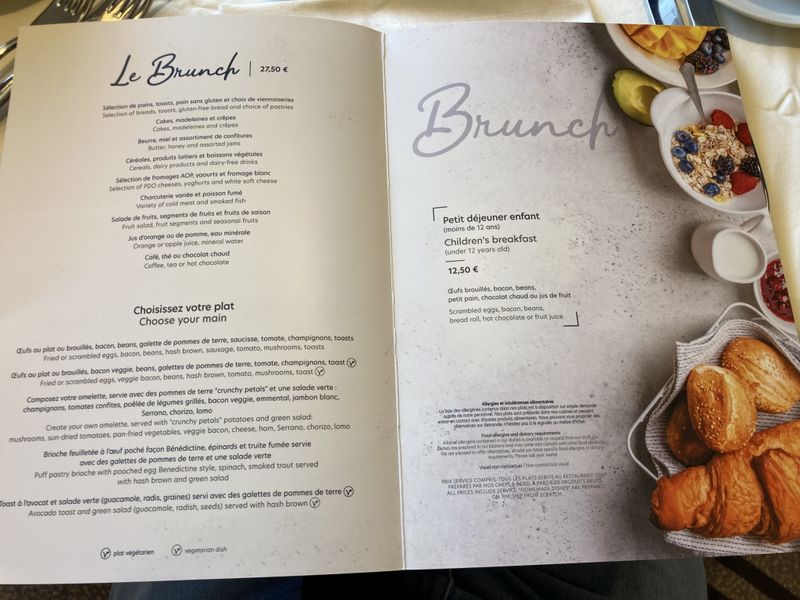
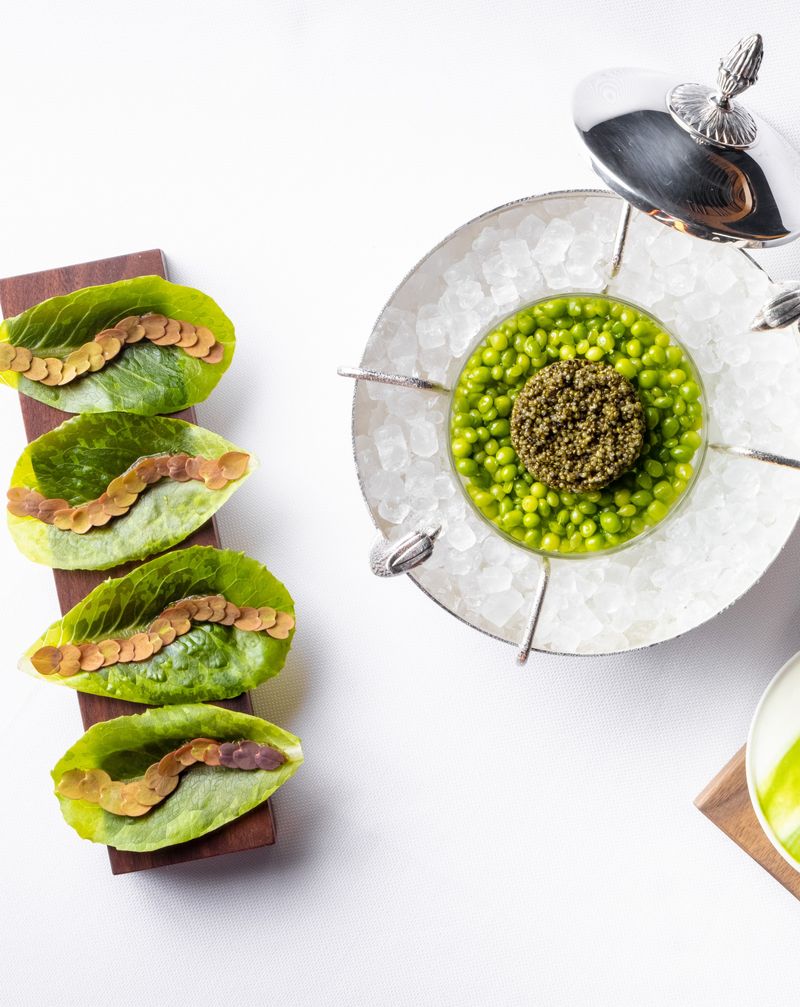

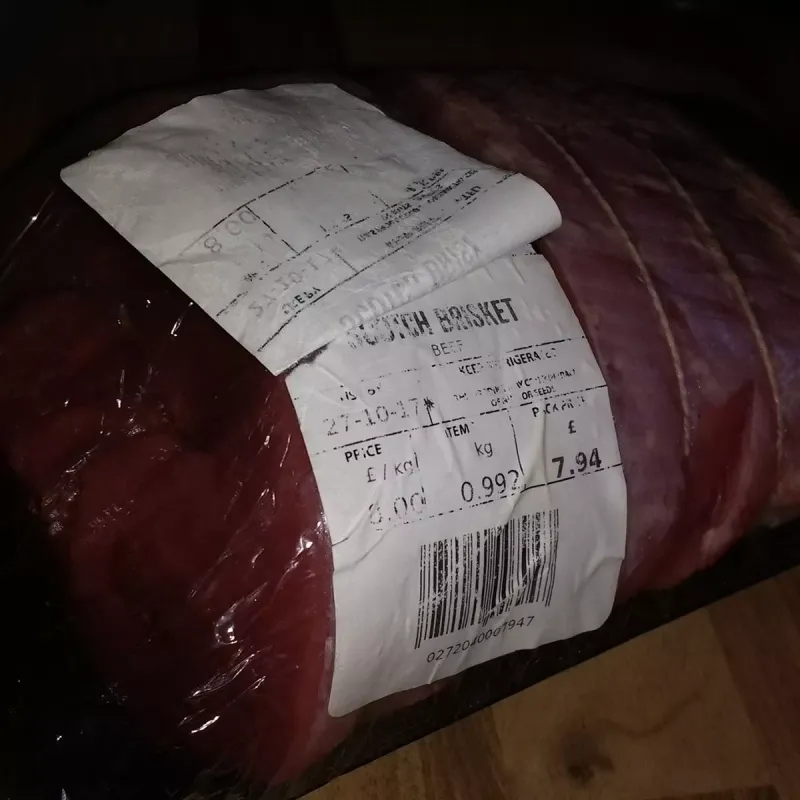
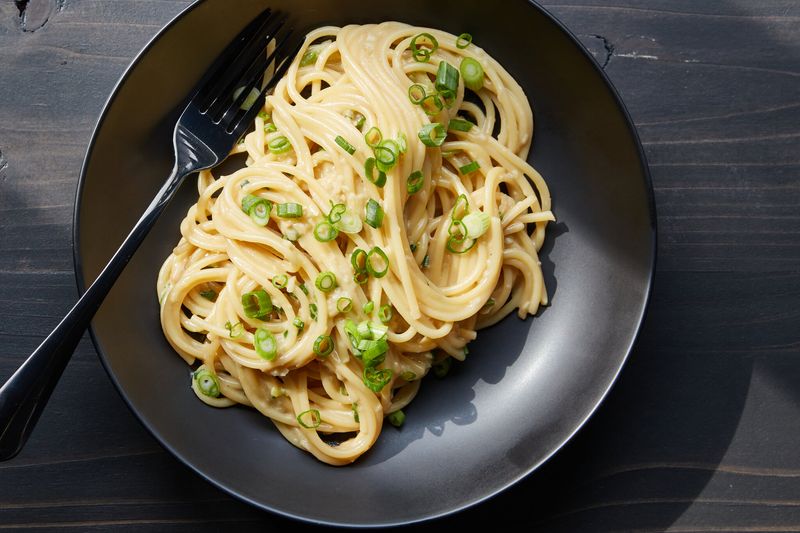
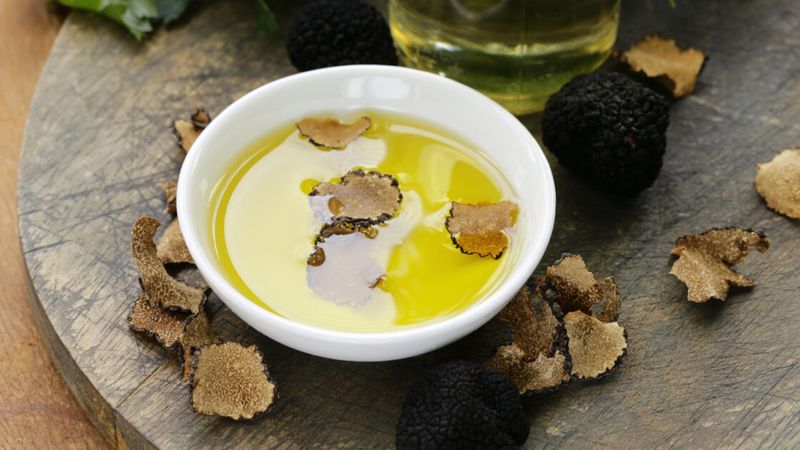
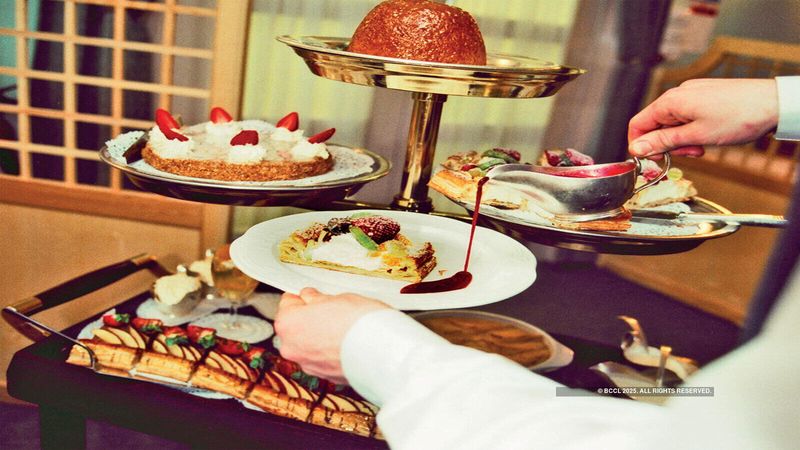
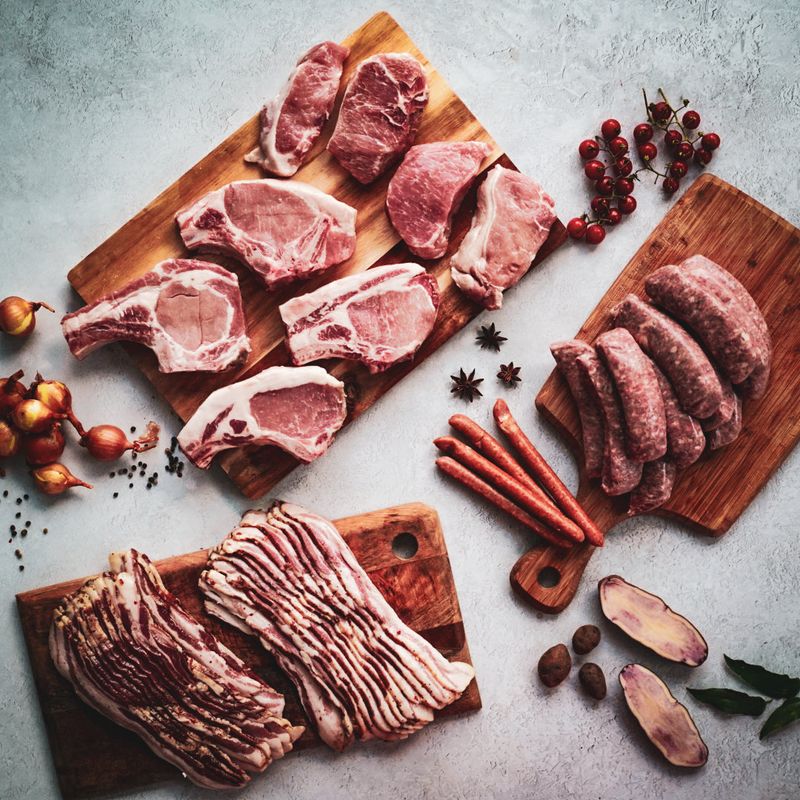
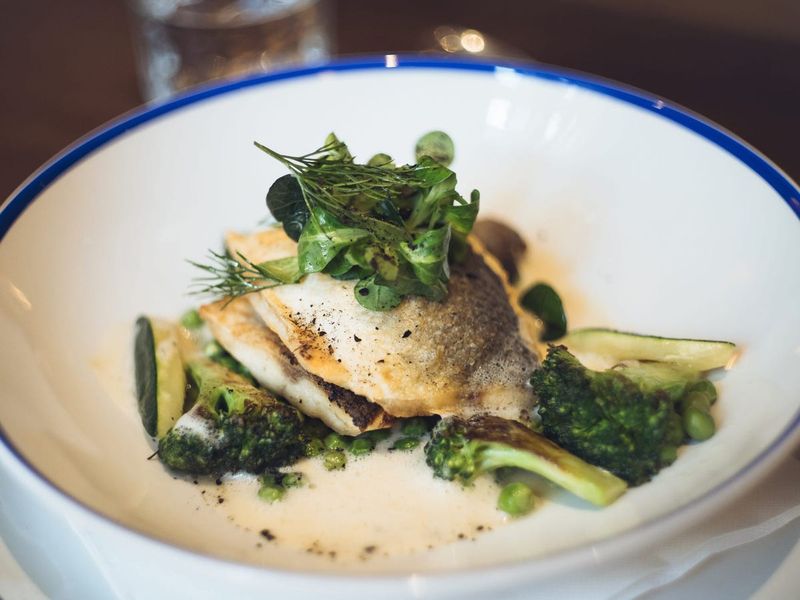

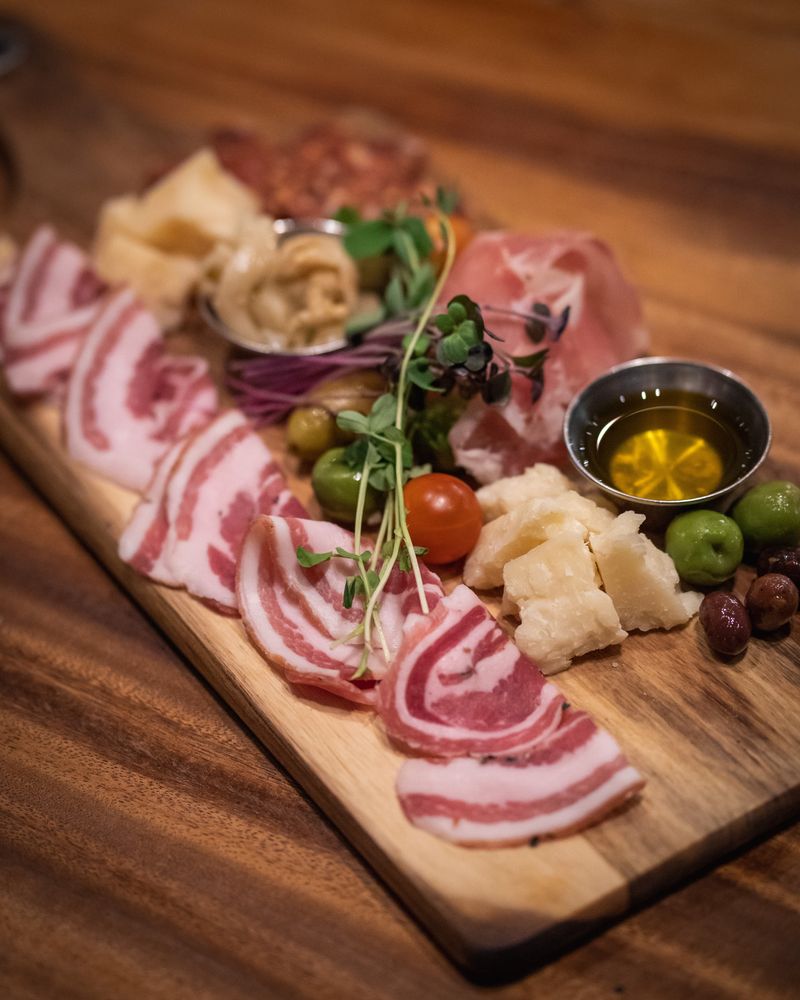
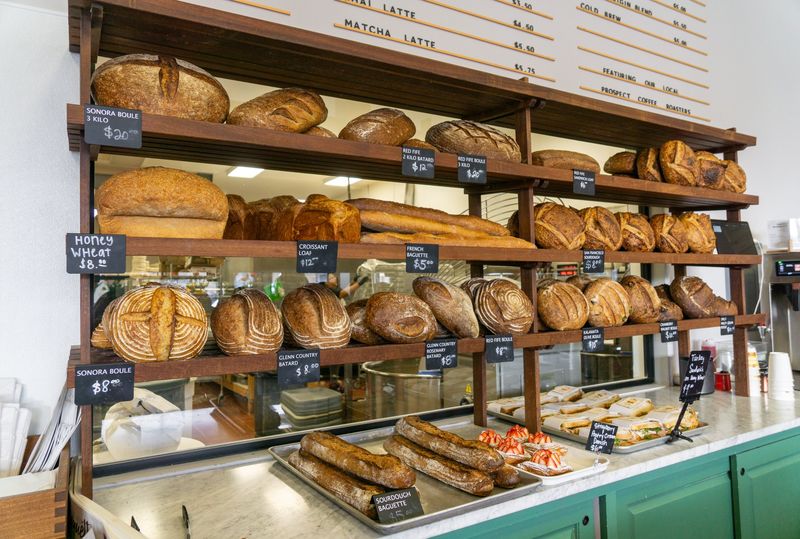

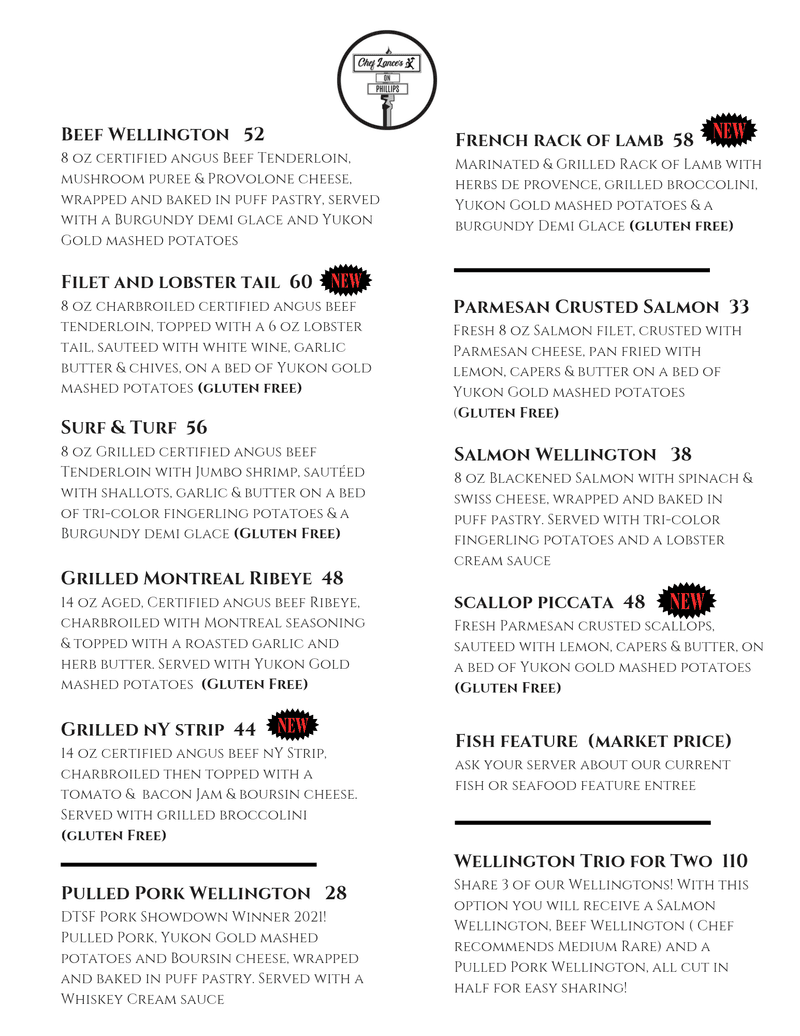
Leave a comment